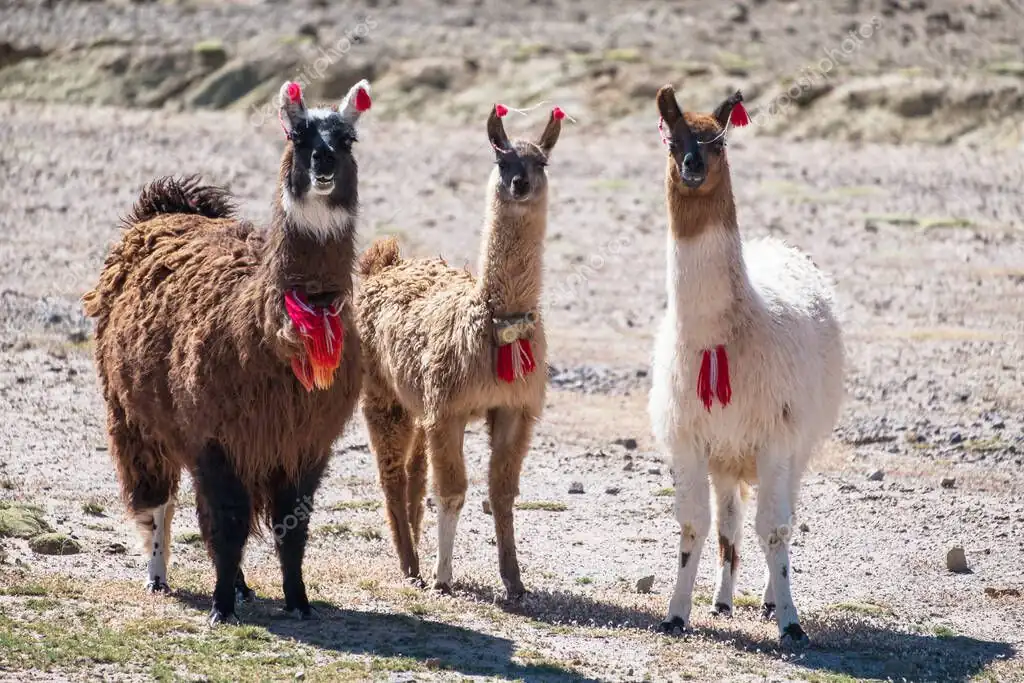If you’ve ever wondered about the unique wildlife of Bolivia, you may be curious about its national animal. Understanding what this animal is can unlock a deeper appreciation for the country’s rich biodiversity. But wait, there’s more to the story! Did you know that the national animal of Bolivia also holds cultural significance and can be found in various habitats?.
In this article, we will explore what Bolivia’s national animal is, its characteristics, where else it lives, and much more. So, let’s embark on this fascinating journey!
What is the National Animal of Bolivia?
The national animal of Bolivia is the lama (Lama glama). This domesticated member of the camelid family has become a symbol of the country, known for its remarkable adaptability to the diverse landscapes of the Andean region. Llamas are often recognized for their long necks, friendly faces, and thick coats of wool. They are primarily used as pack animals, and historically, they have played a significant role in Indigenous cultures.\

Why is the Lama Significant in Bolivia?
Llamas have a deep-rooted connection to Bolivian culture and society. To understand their significance, let’s explore these key points:
- Cultural Importance: Llamas are featured in many traditional ceremonies and festivals, symbolizing wealth and status.
- Economic Value: They provide wool, meat, and are used for transport in high-altitude regions where vehicles cannot go.
- Ecological Role: As herbivores, llamas help maintain the balance of the Andean ecosystem by grazing on grasses and other plants.
Characteristics of the Lama
Llamas are fascinating creatures with distinct characteristics. Here are some notable features:
- Size: Llamas typically weigh between 280 to 450 pounds and stand about 3.5 to 4.5 feet tall at the shoulder.
- Color: Their wool can come in a variety of colors, including white, black, brown, and gray.
- Temperament: Llamas are known for their gentle and sociable nature, making them friendly companions.
- Adaptability: They are well-suited for high altitudes and can thrive in harsh climates.
Where Else Does the Lama Live?
You might be wondering, where else does it live? While the llama is the national animal of Bolivia, its habitat is not limited to just this country. Here are some locations where llamas can be found:
- Peru: Llamas are prevalent in the Andean regions of Peru, particularly in areas like Cusco and Ayacucho.
- Chile: They can also be seen in northern Chile, where they adapt well to the arid desert environments.
- Argentina: Similar to their range in Chile, llamas inhabit the Andean foothills and pastures in Argentina.
- Ecuador: In Ecuador, llamas are also present, especially in high-altitude regions.
The Llama’s Role in Modern Bolivia
Today, llamas continue to play an important role in Bolivian society:
- Tourism: Llamas are popular attractions for tourists, who enjoy trekking with them through the stunning landscapes of Bolivia.
- Sustainable Practices: Many Indigenous communities are reviving traditional llama husbandry practices, emphasizing sustainability and organic farming.
- An Educational Symbol: Llamas are also used in educational programs to teach children about environment conservation and cultural heritage.
Interesting Facts About Llamas
To give you a deeper understanding of these magnificent animals, here are some interesting facts you might not know:
- Llamas can spit to defend themselves or establish dominance over each other.
- They communicate through a range of sounds, including humming, clicking, and even barking.
- On average, llamas can live up to 20 years, making them long-term companions for many families.
- They are social animals and thrive in herds, often forming strong bonds with other llamas.
Conservation Efforts for Llamas
As domestic animals, llamas are generally not endangered. However, there are efforts in place to ensure their welfare and promote sustainable farming practices:
- Community Programs: Many organizations work with local communities to promote llama herding and animal welfare.
- Ecotourism: Responsible tourism practices are encouraged to ensure that llama populations remain healthy and well cared for.
- Education: Programs focused on teaching sustainable practices help preserve the llama’s role in the ecosystem.
The Future of Llamas in Bolivia
The future of llamas in Bolivia looks promising as more people recognize their value both economically and culturally. Increased awareness about environmentally sustainable practices is helping preserve llama populations and their habitats. Furthermore, the growth of ecotourism offers new opportunities for communities that rely on these animals.
In conclusion, understanding what is the national animal of Bolivia—the lama—is not just about knowing a fact; it’s about appreciating its significance in the culture, economy, and environment of this incredible country. The llama encapsulates the spirit of Bolivia, resonating in its history and future as an essential component of its diverse landscapes.
